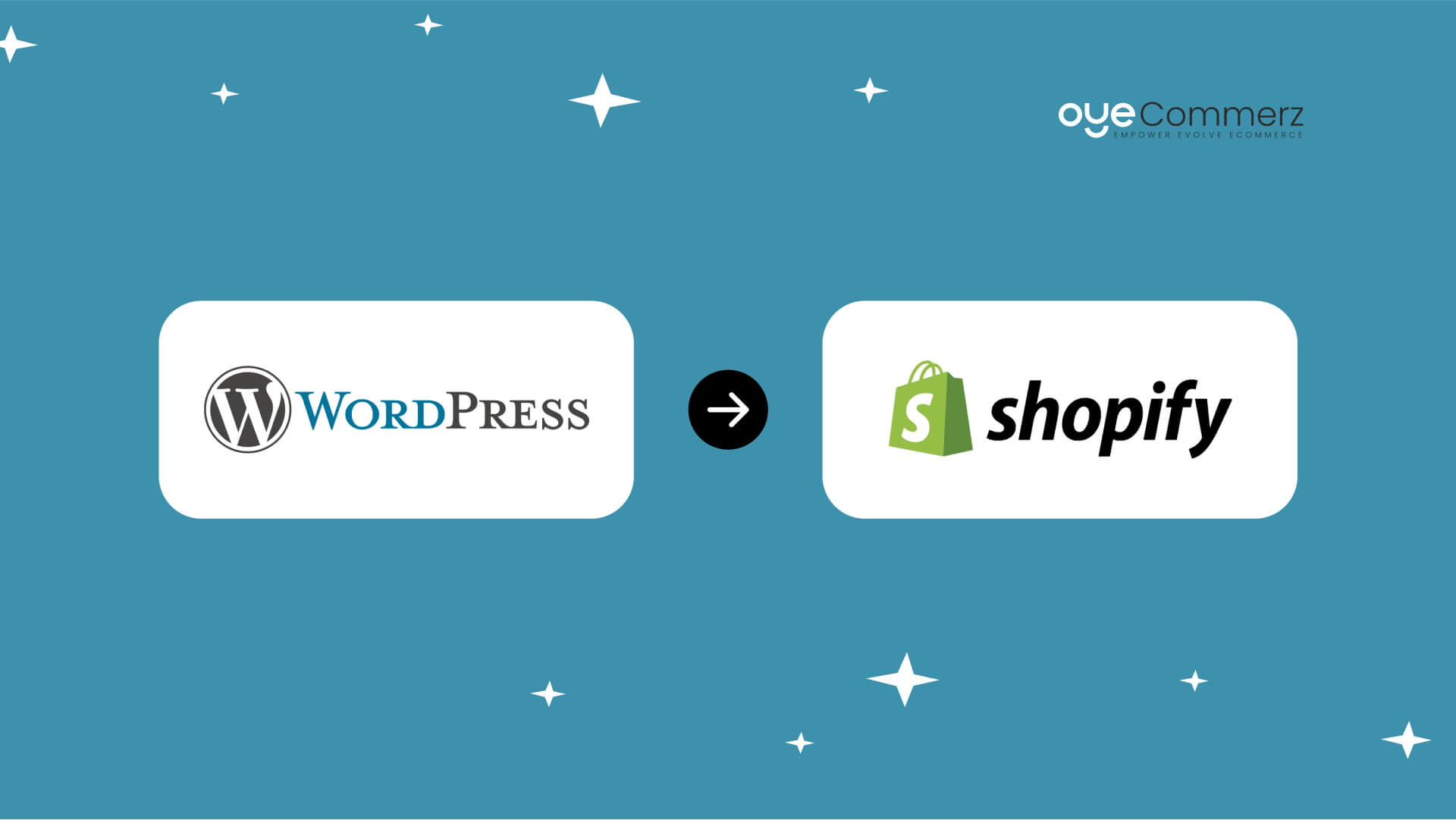Effortless Transition from WordPress to Shopify: Your Ultimate Guide to E-commerce Success
Effortless Transition from WordPress to Shopify: Your Ultimate Guide to E-commerce Success
Blog Article
Transitioning from WordPress to Shopify marks an exciting step toward streamlining your e-commerce processes. As businesses expand, choosing a solution that aligns with scalability, UX, and customization is essential. Shopify is widely recognized as a favorite for e-commerce professionals, providing unmatched flexibility, security, and ease of use. In this guide, we’ll explore the transformative impact of this migration, highlight the advantages, and share practical tips to facilitate a smooth transition.
1. Top Reasons to Transition from WordPress to Shopify
WordPress, paired with WooCommerce, has served countless online stores. However, as businesses expand, issues like reliance on plugins, data risks, and complex setups can hinder growth. Shopify, designed explicitly for e-commerce, eliminates these concerns with an comprehensive, intuitive solution. Real data back this shift—Shopify powers over 4.4 million stores worldwide, with a reported 10% boost to sales conversion rates for many businesses after migration.
2. Shopify's Perks for Thriving Online Stores
Shopify’s powerful platform is tailored for scaling businesses. Its notable benefits are:
- Effortless Design Flexibility: Shopify offers over 80 professionally designed themes.
- Built-in Features: Features like Shopify Payments and integrated SEO streamline operations.
- Global Reach: Currency versatility and localization features empower businesses to expand internationally.
Additionally, Shopify delivers an uptime rate of 99.98%, guaranteeing your website remains accessible.
3. Preparing for WP to Shopify Migration
Before migrating, evaluate your current store. Analyze product data, client information, and SEO performance. Tools like Shopify’s Migration Kit or third-party solutions can simplify this process. Develop a comprehensive plan, ensuring all assets—item details, media files, and blog content—are optimized for transfer.
4. Data Migration: A Critical Step
Transferring your data is a cornerstone of a smooth transition. When moving from WordPress to Shopify, focus on:
- Inventory Details: SKU, descriptions, and groupings.
- Customer Data: Emails, order history, and preferences.
- Search Engine Considerations: Retain meta tags, URLs, and redirects to avoid SEO losses.
Leverage apps like LitExtension to streamline data transfer while minimizing errors.
5. Tailoring Your Shopify Store to Fit Your Brand
After the move, customizing your Shopify store ensures it reflects your business identity. Take advantage of Shopify’s drag-and-drop editor to create layouts with ease. Shopify's themes are optimized for all devices, ensuring a smooth user experience WordPress to Shopify comparison across devices—a key point, given 74% of online shopping is generated by mobile visitors.
6. How to Protect Your SEO Rankings When Switching Platforms
Search engine optimization is crucial for preserving your visibility during migration. Shopify excels in SEO with organized link formatting, built-in optimization tools, and smooth content management. Make sure you:
- Implement 301 redirects for existing links.
- Optimize new pages with targeted phrases.
- Use Shopify's apps Plug in SEO to track analytics post-migration.
7. Essential Tests After Migrating to Shopify
After finishing the transfer, conduct thorough testing.
Check: - Website speed (Shopify boasts faster speeds in contrast with WordPress).
- Payment integration reliability and transaction flow.
- Mobile responsiveness.
Testing guarantees your store delivers a seamless shopping experience from the start.
8. Case Study of a Successful Migration
One such migration success story is Gymshark, a fitness apparel brand that moved to Shopify. After the switch, the company saw a 60% increase in mobile sales and significantly lowered site downtime. This showcases the potential of Shopify in driving online business success.
9. Challenges and Solutions
Migration comes with challenges, such as information accuracy and reconfiguring custom functionalities. However, Shopify’s robust support and third-party experts make overcoming these hurdles manageable. Partnering with experienced WooCommerce to Shopify migration Shopify developers ensures a trouble-free transition.
10. Starting Your Journey with Shopify
Switching from WP to Shopify represents a strategic decision to e-commerce. By focusing on growth, simplifying management, and enhancing the customer experience, Shopify empowers businesses to succeed in competitive markets.
Final Thoughts
Transitioning from WP to Shopify offers a smart solution that can significantly boost your e-commerce success. With a robust migration plan, the right tools, and expert support, you can achieve new growth opportunities.
Ready to make the leap? Let’s discuss how our Shopify migration services can revolutionize your online store. Contact us now, or consider: Is it time to seize Shopify’s advantages for your store?
 Report this page
Report this page